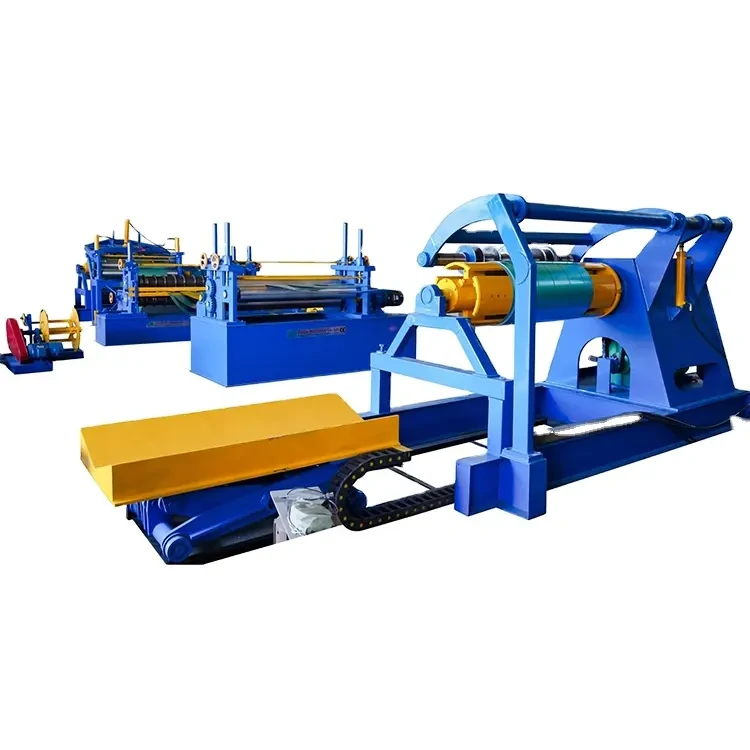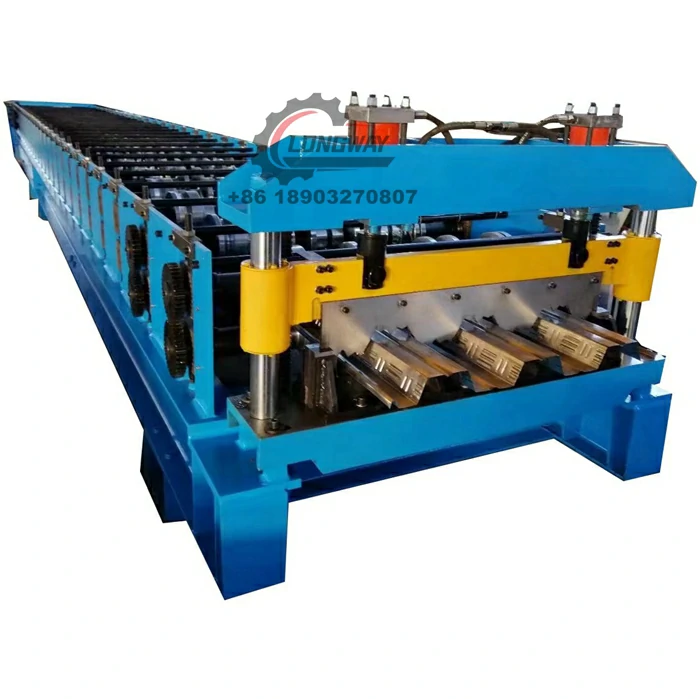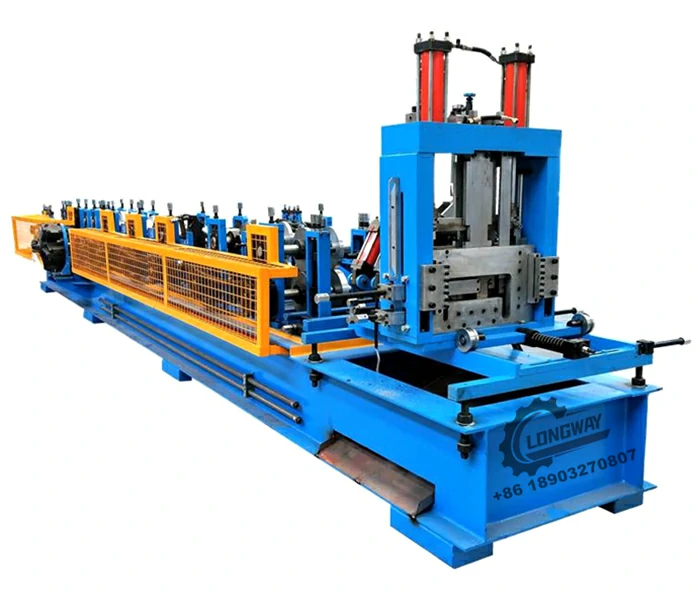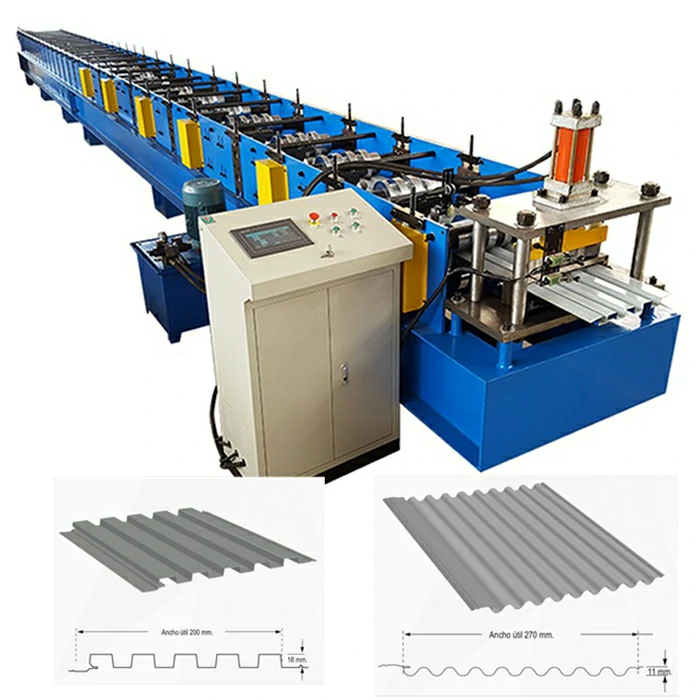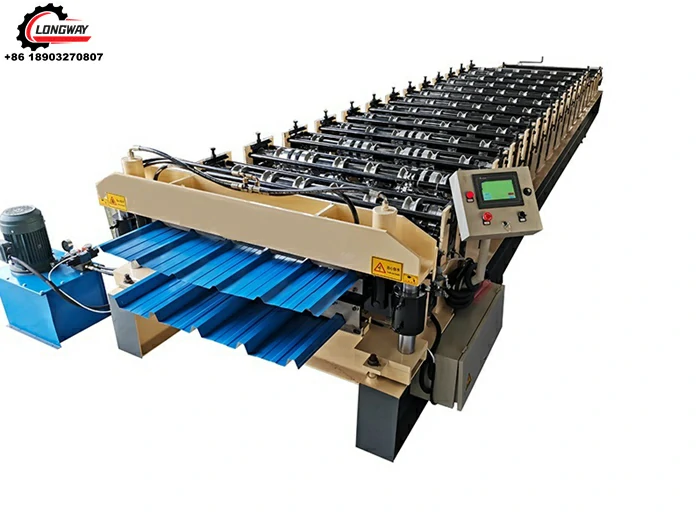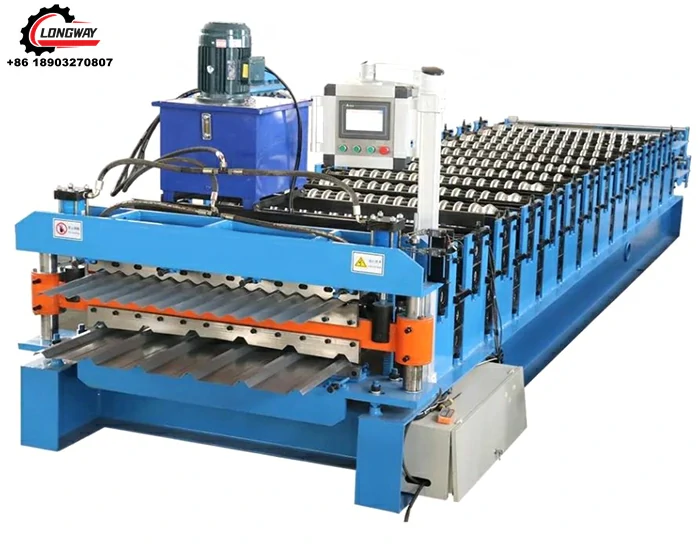Understanding the Process and Benefits of Roll Forming for Steel Fabrication Techniques
Understanding Roll Forming Steel A Key Process in Metal Fabrication
Roll forming is a well-established manufacturing process used extensively in metal fabrication, particularly for steel. It involves a continuous bending operation where a long strip of metal, usually steel, is passed through a series of rollers to obtain the desired cross-section. This technique offers numerous advantages in terms of efficiency, precision, and material utilization, making it an essential method in various industries, from construction to automotive manufacturing.
The Roll Forming Process
The roll forming process begins with carefully designed rollers, each configured to impart a specific bend to the metal as it passes through. The metal strip is typically fed in at room temperature, where it undergoes a series of gradual bends. Unlike other metal forming techniques such as stamping or cutting, roll forming allows for continuous production, which significantly reduces lead times and increases output. This process can produce complex shapes with high consistency and tight tolerances, making it ideal for components that require a precise fit.
After the initial rolling, the formed steel can be further processed through trimming, punching, or welding to create the final product. This versatility means that roll formed steel is used in various applications, including structural framing, roofing, and automotive parts. Common products made from roll formed steel include channels, angles, and Z-purlins, which are critical in supporting buildings and other structures.
Advantages of Roll Forming Steel
One of the significant advantages of roll forming steel is its efficiency. The process is continuous, which means that after the initial setup, production can run for extended periods without interruption. This results in lower labor costs and increased manufacturing speed. Furthermore, roll forming minimizes waste material, as it typically uses a narrow strip of steel that is precisely shaped, ensuring that almost every piece becomes part of the final product.
Another advantage is the ability to produce long lengths of steel components without the need for welding. This reduces the need for secondary operations and the associated costs and quality concerns. Additionally, roll forming can accommodate a variety of materials, although steel remains the most popular choice due to its strength, durability, and availability.
roll forming steel
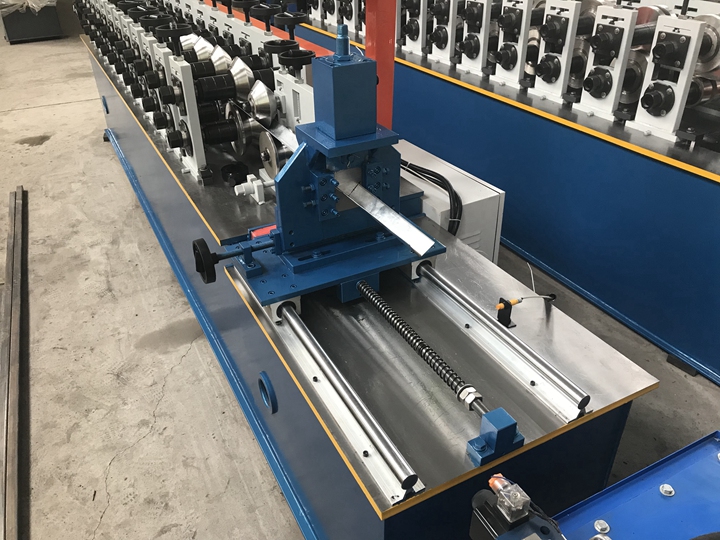
Moreover, roll formed components can be made to very high specifications, ensuring that they are suitable for a wide range of applications. The consistency in shape and dimensions leads to fewer defects and rework, which can be a significant cost-saving measure in large-scale production.
Applications of Roll Formed Steel
Roll formed steel is utilized in various industries, underscoring its versatility and importance. The construction industry often relies on roll formed steel for structural components, as it provides strength while maintaining a lightweight profile. Roof trusses, wall panels, and support beams are common applications that highlight the advantages of roll formed shapes.
In the automotive sector, roll forming is used to produce parts like chassis frames, brackets, and other structural elements. The process allows manufacturers to create components that meet stringent safety standards while optimizing weight and cost.
Moreover, the appliance industry benefits from roll forming for the manufacture of frames and supports for devices such as refrigerators and ovens, where both durability and aesthetic appeal are essential.
Conclusion
In conclusion, roll forming steel stands out as an efficient and effective method of producing a wide array of metal components. Its ability to create complex shapes with precision while minimizing waste makes it a preferred choice across various industries. As technology continues to advance, the roll forming process is likely to evolve further, incorporating automation and innovative materials, ensuring its place as a cornerstone of modern metal fabrication.
-
Roof Panel Machines: Buying Guide, Types, and PricingNewsJul.04, 2025
-
Purlin Machines: Types, Features, and Pricing GuideNewsJul.04, 2025
-
Metal Embossing Machines: Types, Applications, and Buying GuideNewsJul.04, 2025
-
Gutter Machines: Features, Types, and Cost BreakdownNewsJul.04, 2025
-
Cut to Length Line: Overview, Equipment, and Buying GuideNewsJul.04, 2025
-
Auto Stacker: Features, Applications, and Cost BreakdownNewsJul.04, 2025
-
Top Drywall Profile Machine Models for SaleNewsJun.05, 2025

